Hello friends! Today I have a very interesting post since we are going to see the parts of the leaf under the microscope, but we will not only see them! We will delve a little into each of these structures! and it is that the leaf is an "organ" that is part of all vascular plants! They have many different designs and shapes but practically perform the same function! and it is that the leaf is essential for photosynthesis! I hope you enjoy and learn with my post!🍃🔬🧫
Hola amigos! hoy tengo un post muy interesante ya que vamos a ver bajo el microscopio las partes de la hoja pero no solo las veremos! profundizaremos un poco sobre cada una de estas estructuras! y es que la hoja es un "organo" que forma parte de todas las plantes vasculares! tienen muchos diseños y formas diferentes pero practicamente realizan una misma funcion! y es que la hoja es indispensable para la fotosintesis! espero que disfrutes y aprendas con mi post!👨🏫👨🎓🧠
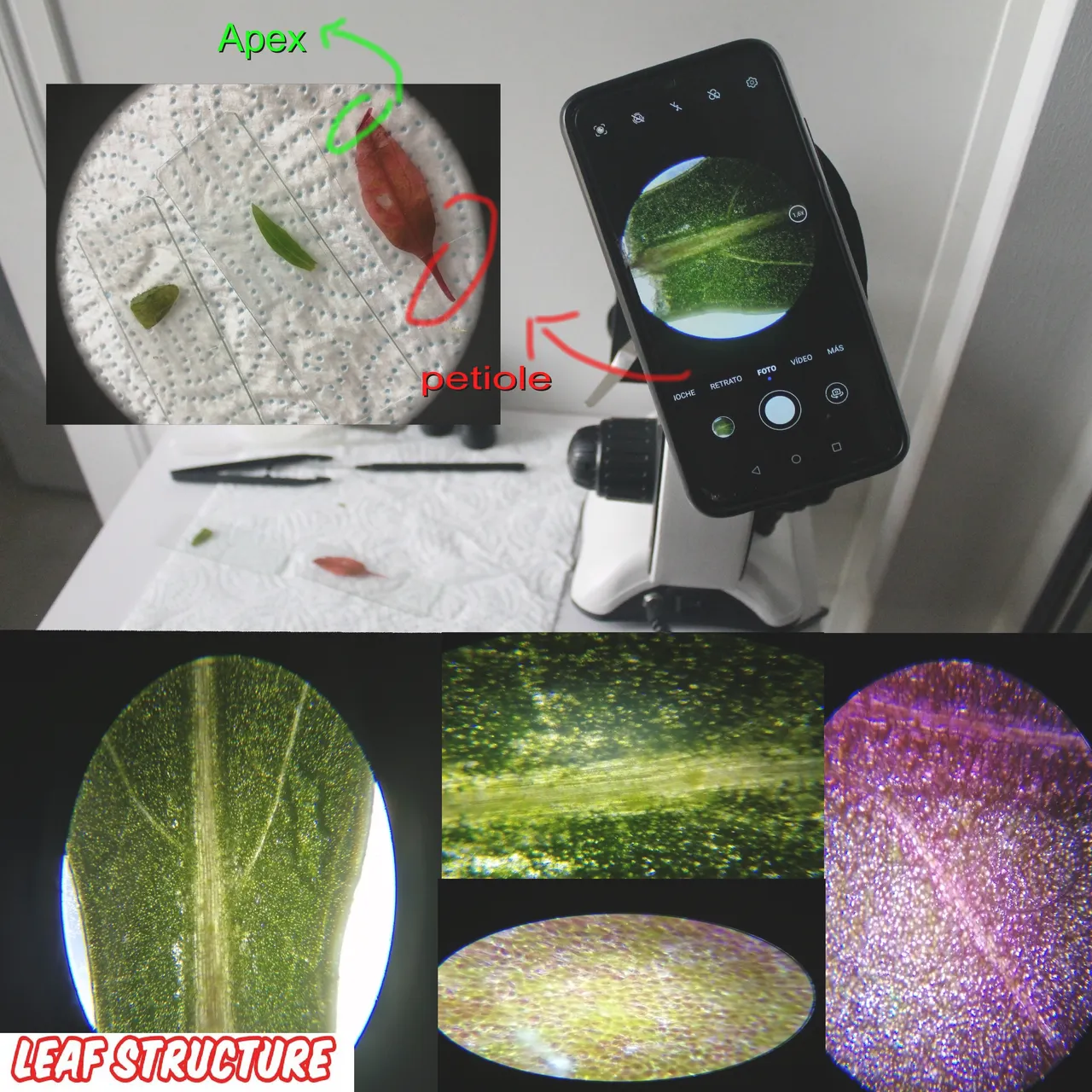
What is the leaf?🌕💥/Que es la hoja?🍃🧠
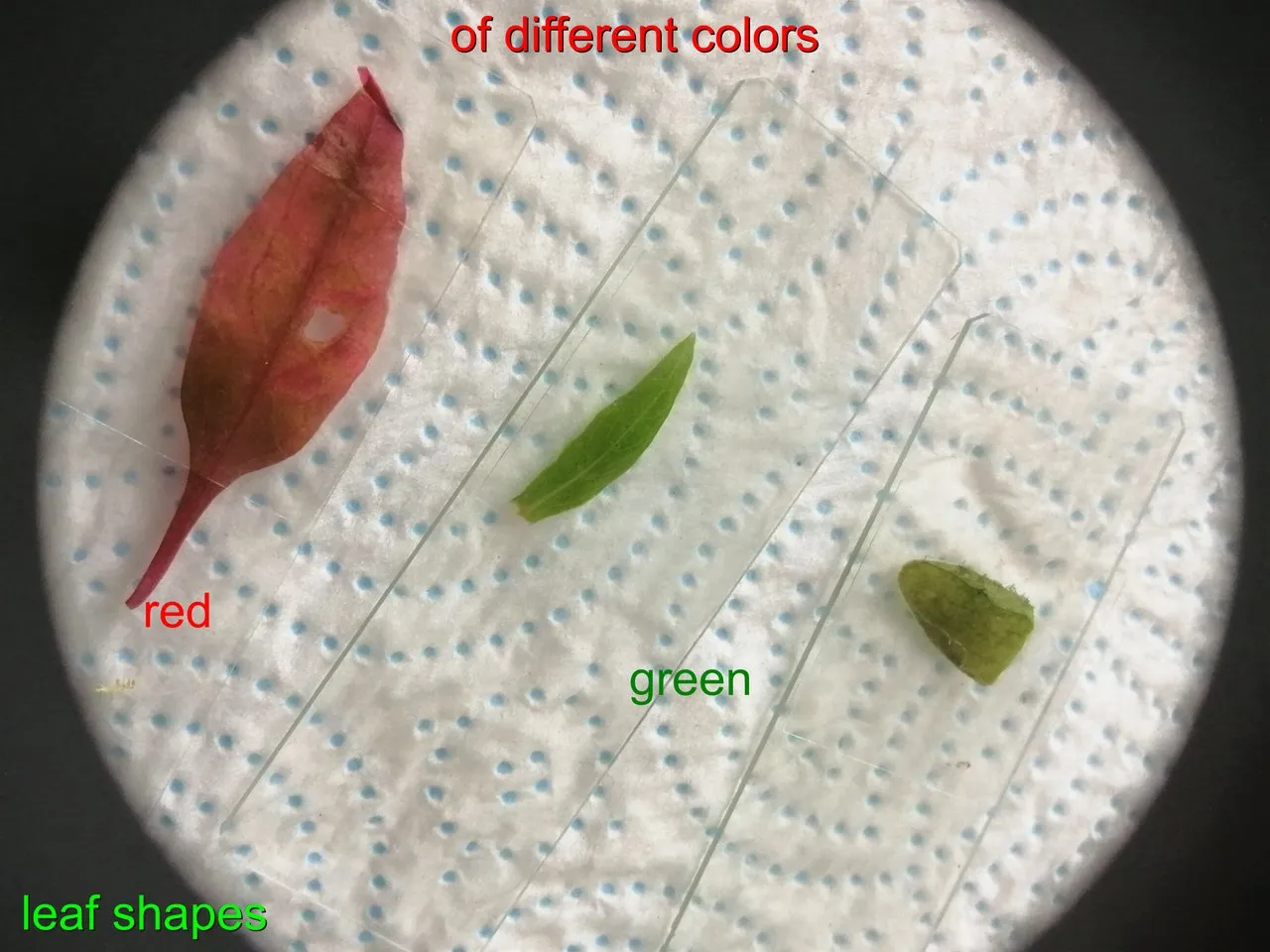
As I mentioned earlier, the leaf is a plant structure! plants are essential for life on the planet since they are the producers of oxygen in addition to transforming CO2, without leaves the plants could not carry out this important work! as you can see in the photo there are many varieties of leaves! there are leaves of many kinds of colors! Within this structure we find the photosynthetic material!💚🌍
Como lo mencione anteriormente la hoja es una estructura de la planta! las plantas son indispensable para la vida en el planeta ya que son las productoras de oxigeno ademas de transformar el CO2, sin hojas las plantas no podrian realizar este trabajo tan importante! como puedes ver en la foto existen muchas variedades de hojas! existen hojas de muchos tipos de colores! dentro de esta estructura encontramos el material fotosintetico!💨💨
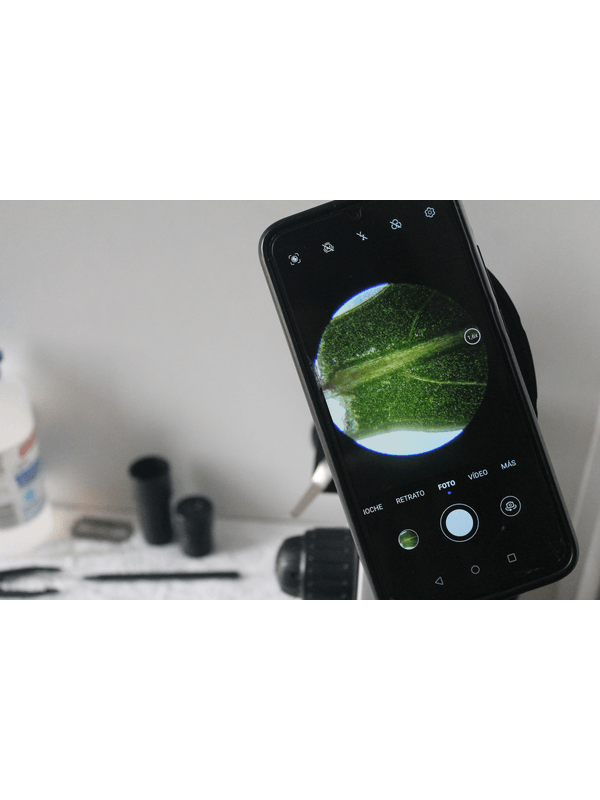
What is the leaf?🌕💥/Que es la hoja?🍃🧠

I think it is the first time that I delve into the nerves of the leaves and it made me very curious because we see them in different colors! and it is very easy to differentiate with the rest of the sheet! and then many questions arise!! I hope we answer together! first we are in the presence of the base of the leaf! the outer side is called "edge", then we see the main nerve that reaches the apex! Other nerves called "secondary" come out along the main nerve.📚📕
Creo que es primera vez que profundizo en los nervios de las hojas y me dio mucha curiosidad porque los vemos de coloraciones diferentes! y es muy facil de diferenciar con el resto de la hoja! y entonces me surgen muchas preguntas!! que espero respondamos juntos! primeramente estamos en presencia de la base de la hoja! al lado exterior se le denomina "borde", luego vemos el nervio principal que llega hasta el apice! a lo largo del nervio principal salen otros nervios llamados "secundarios".🌍🍃

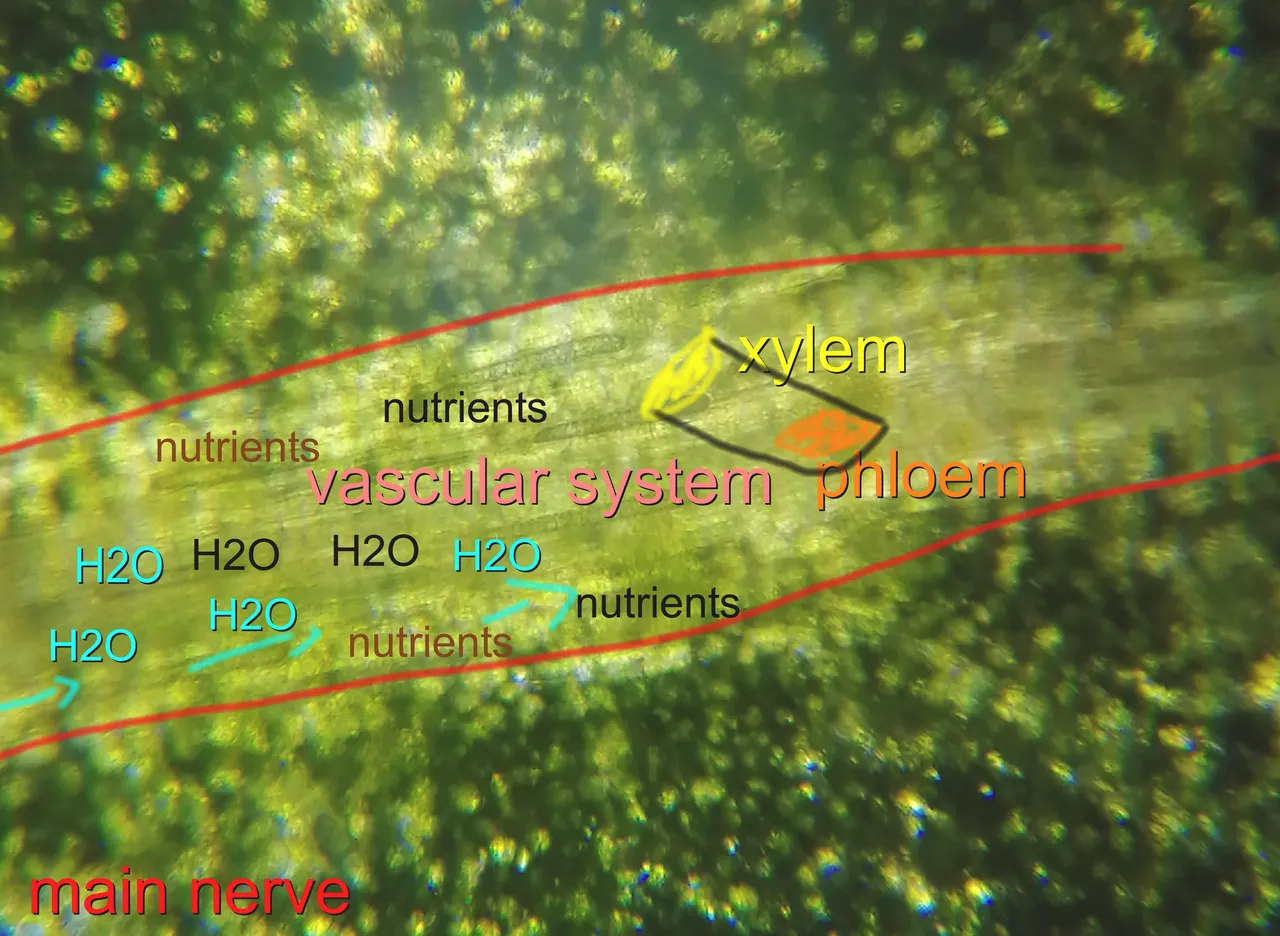
As you can see here we have a closer image of the main nerve of the leaf! it is said that the "rib is what distributes the nerves of the leaf", if we want to see a nerve in detail we should look at the mesophyll since it is the "spongy" structure, the main nerve has the "vascular" tissue, that is, it is here conducts the sap that transports water and nutrients from the leaf to the rest of the plant! and it makes sense that it differs from the rest of the leaf since here there are specific transport tissues rather than photosynthetic ones!💦💦
Como puedes ver aqui tenemos una imagen mas proxima del nervio principal de la hoja! se dice que la "nervadura es quien distribuye los nervios de la hoja", si queremos ver con detalle un nervio deberiamos buscar en el mesofilo ya que es la estructura "esponjosa", el nervio principal tiene el tejido "vascular" osea por aqui se conduce la savia que transporta agua y nutrientes de la hoja al resto de la planta! y tiene sentido que se diferencia del resto de la hoja ya que aqui hay tejidos especificios de transporte mas que fotosinteticos!💚✅♻


At first glance I see that the secondary nerves are finer and less complex than the main nerve, which led me to investigate a little about them! In reality, they have the same function of being conductors along the leaf and they branch off from the main vein, which tells us that there is a communication!📕💦🍃
A simple vista observo que los nervios secundarios son mas finos y menos complejos que el nervio principal lo que me llevo a investigar un poco sobre ellos! en realidad tiene la misma funcion de ser conductores a lo largo de la hoja y se ramifican desde el nervio principal por lo que nos dice que hay una comunicacion!🧠🧠

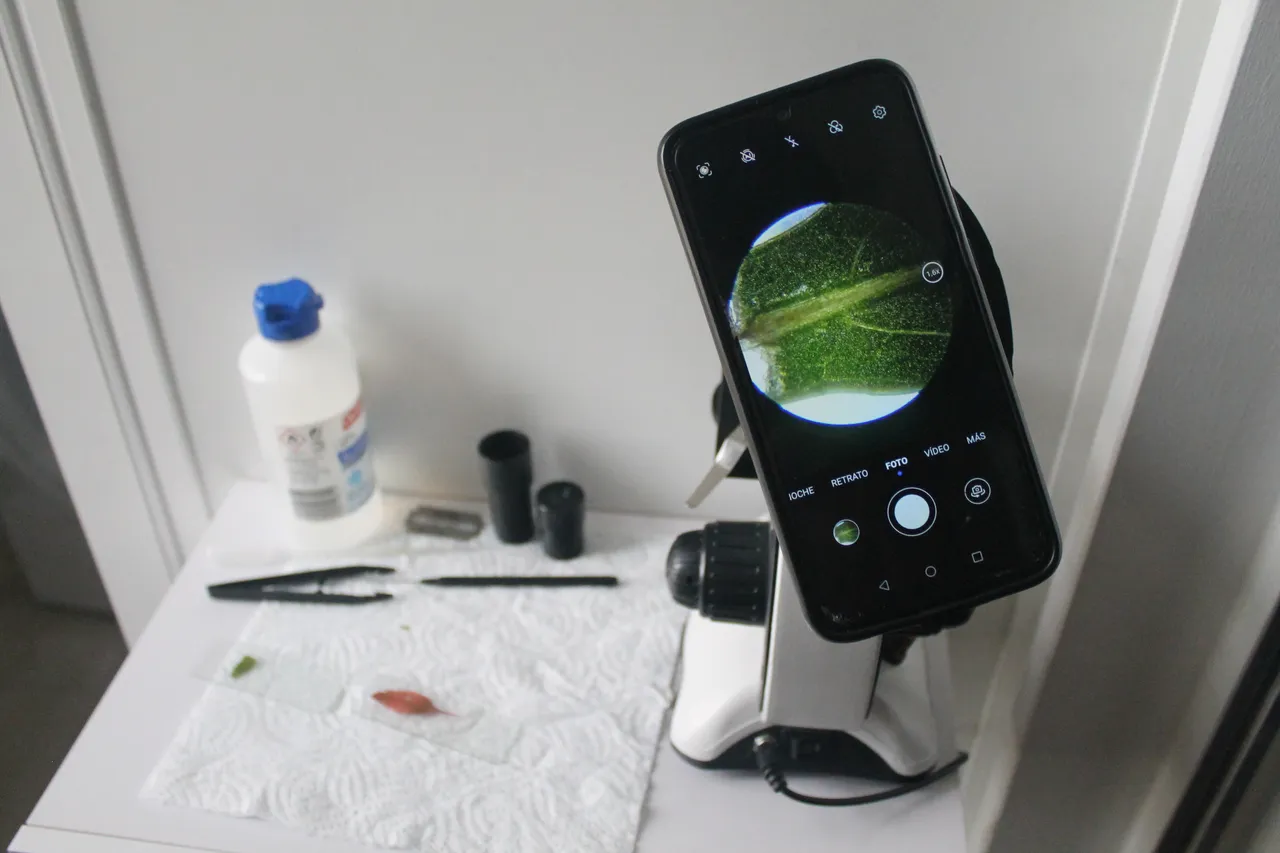
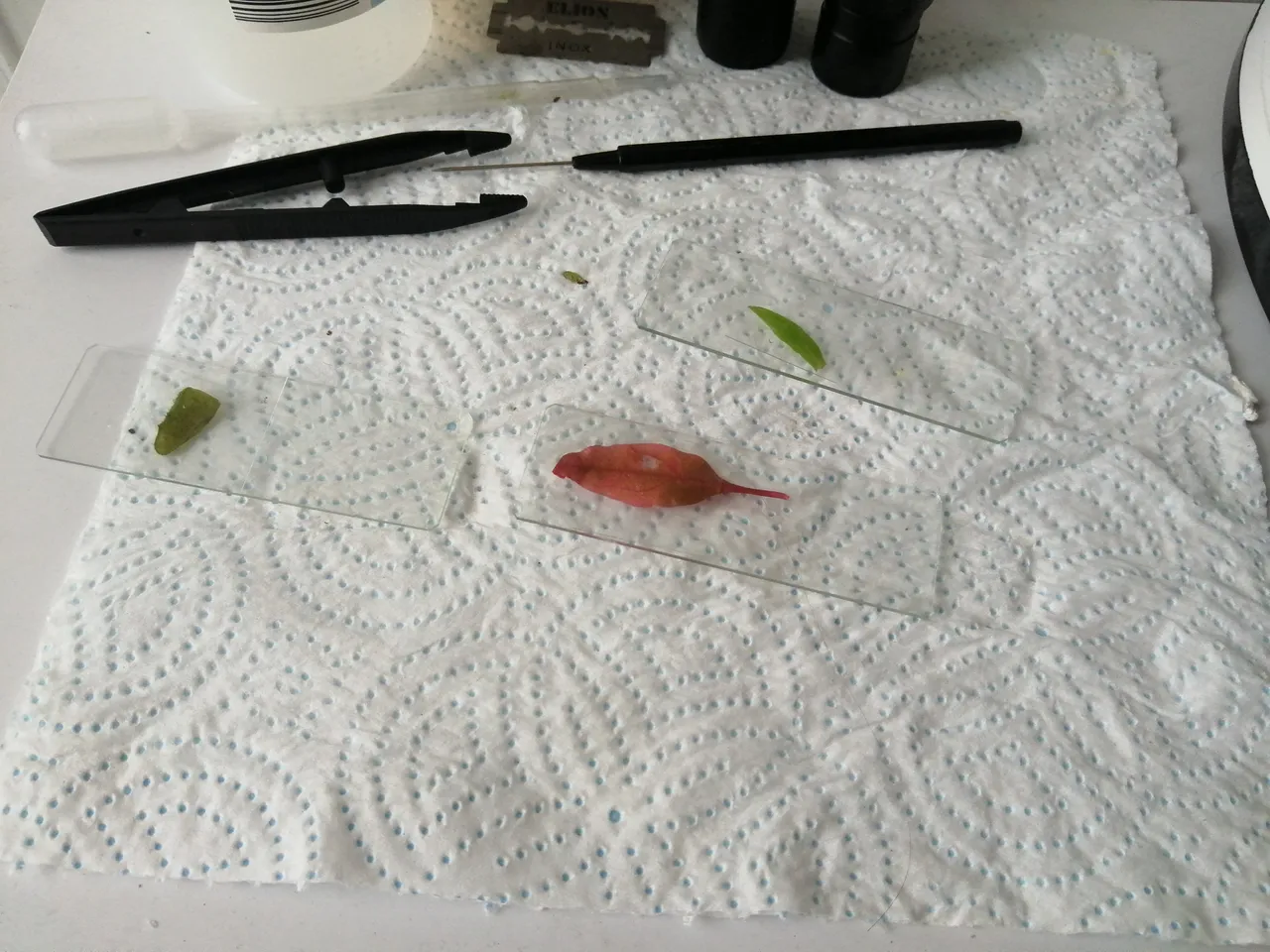
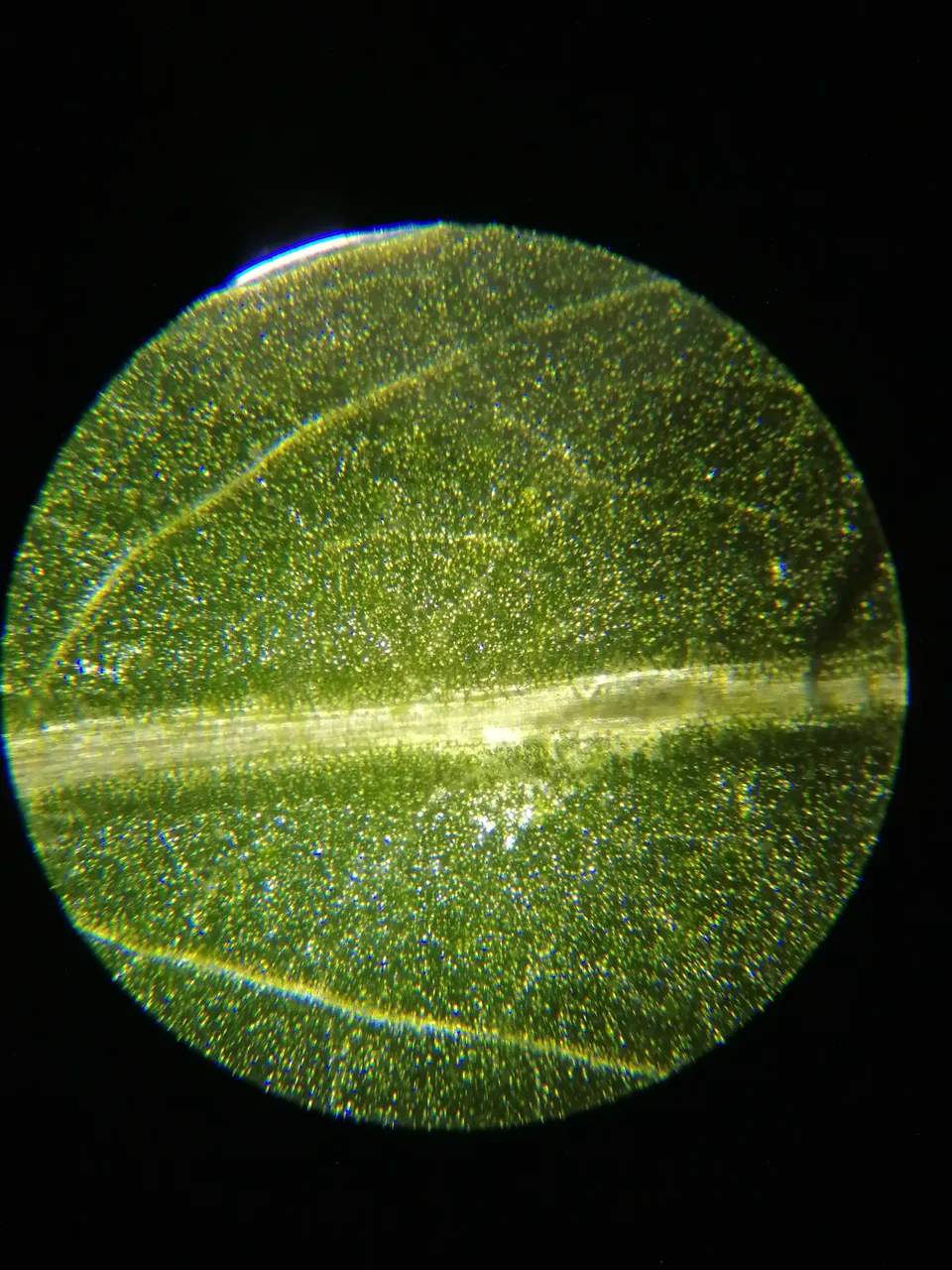
The veins in the leaves can vary this means that not all the leaves present their veins with the same pattern! we can find the: "reticulated, parallel and pinnate" in the leaves that we study today we have a reticulated and a parallel! and if you pay attention the nerves have different dispositions! but it does not affect transportation at all, it is basically the same system! It is important to note that by adaptation the "big" leaves are from "shade" plants and the "small" leaves are from "sun" plants, that is, the plant designs small leaves when they are exposed to the sun to minimize water loss!😮💦
La nervadura en las hojas pueden variar esto quiere decir que no todas las hojas presentan sus nervios con el mismo patron! podemos encontrarnos las: "reticulada, paralela y pinnada" en las hojas que estudiamos hoy tenemos una reticulada y una paralela! y si prestas atencion los nervios tienen disposiciones diferentes! pero no afecta en nada al transporte es basicamente el mismo sistema! es importante destacar que por adaptacion las hojas "grandes" son de plantas de "sombra" y las hojas "pequeñas" son de plantas "de sol" osea la planta diseña hojas pequeñas cuando estan expuestas al sol para minimizar la perdida de agua!🧠📕💚🌍

Leaf color🌕💥/Color en la hoja🍃🧠
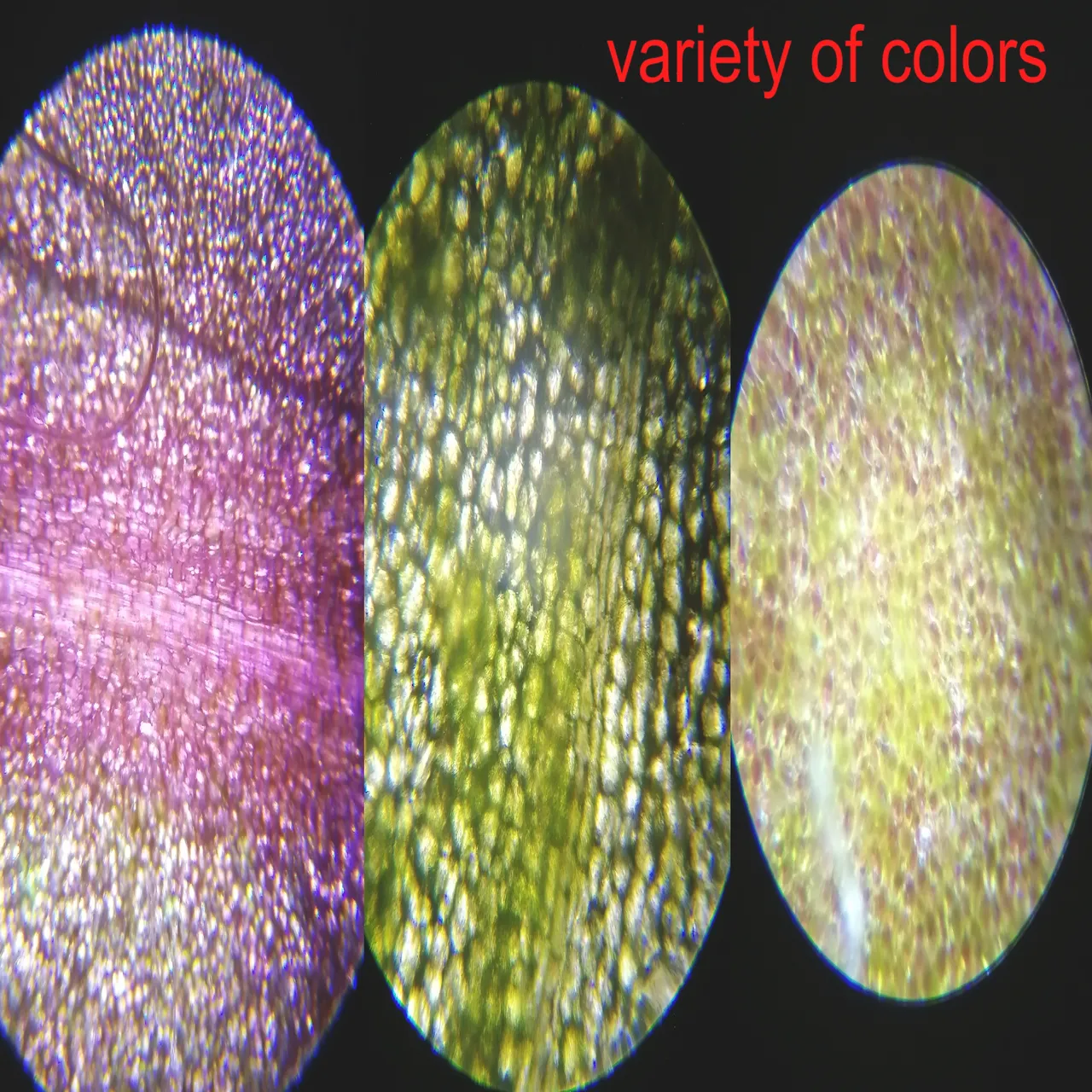
When we think of leaves we always believe that green is the predominant color! and yes! Naturally, chlorophyll, which is the photosynthetic pigment that gives the plant its green color, abounds on the planet! but we can find other pigments that do the same job as chlorophyll but give a different color to the leaf! it is important to know that colors are the result of how light travels in those pigments!😮📕
Cuando pensamos en las hojas siempre creemos que el color verde es el predominante! y si! naturalmente la clorofila que es el pigmento fotosintetico que da la coloracion verde a la planta abunda en el planeta! pero podemos encontrar otros pigmentos que hacen el mismo trabajo que la clorofila pero dan un color diferente a la hoja! es importante saber que los colores son el resultado de como la luz viaja en esos pigmentos!💚🧡💖


Here you can see how the photosynthetic pigments give color to the plant, when the leaf is green then we are in the presence of "chlorophyll-a" if they are yellow "xanthophylls" or red: "anthocyanins", the pigments are abundant and vary depending of the environment where the plant develops, we can for example see some "red" plants that need to use "phycobilins" to absorb light since the environment lacks solar irradiation! then everything will depend on external factors!🤔🤔
Aqui puedes ver como los pigmentos fotosinteticos le dan la coloracion a la planta, cuando la hoja es verde entonces estamos en presencia de "clorofila-a" si son amarillas "xantofilas" o rojas: "antocianinas", los pigmentos son abundantes y varian dependiendo del ambiente donde se desarrolla la planta, podemos por ejemplo ver algunas plantas "rojas" que necesitan usar los "ficobilinas" para absorber la luz ya que el medio carece de irradiacion solar! entonces todo dependera de factores externos!🤯
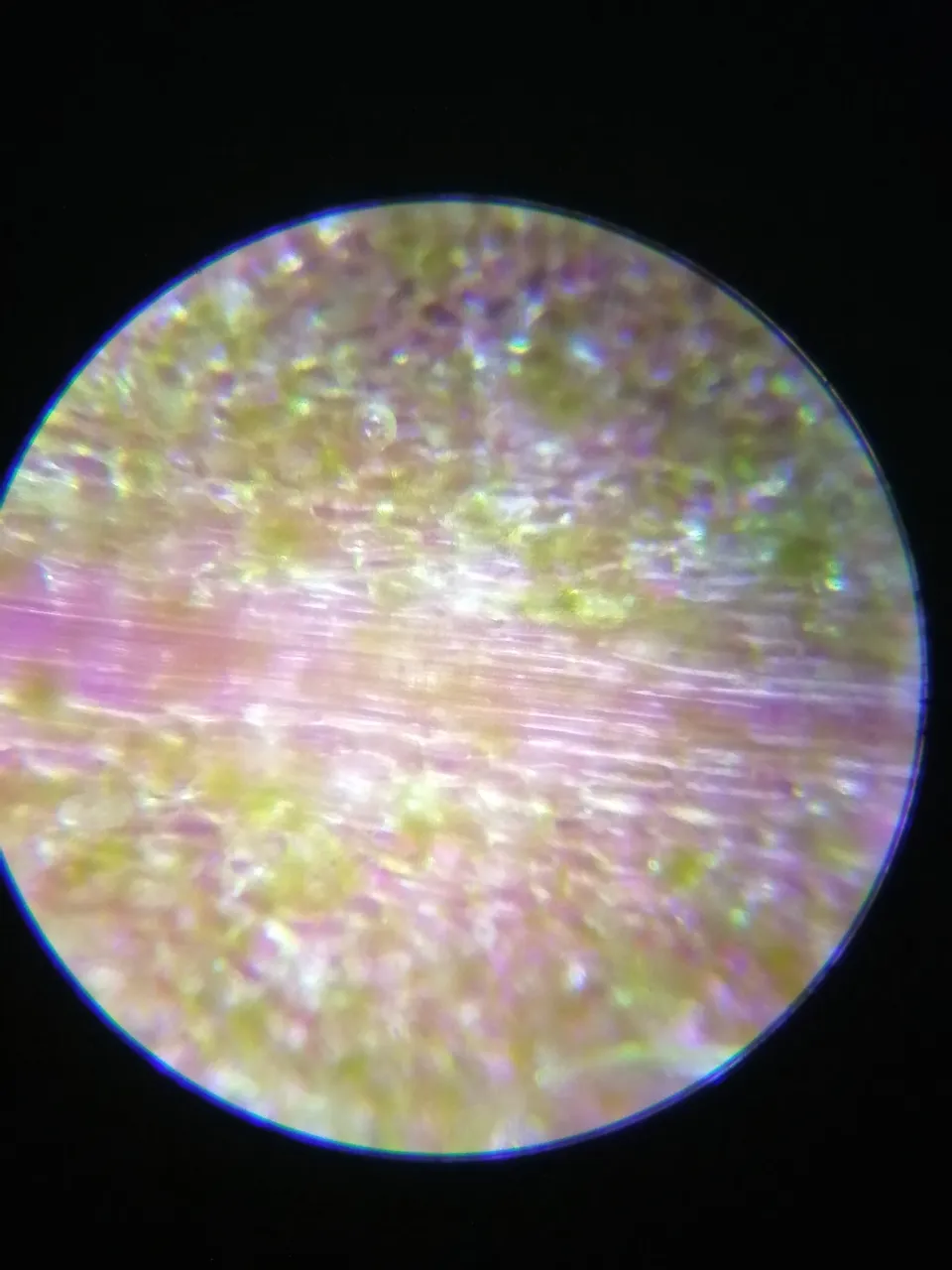

Clorofila-a/ Chlorophyll-a🌕💥🍃🧠
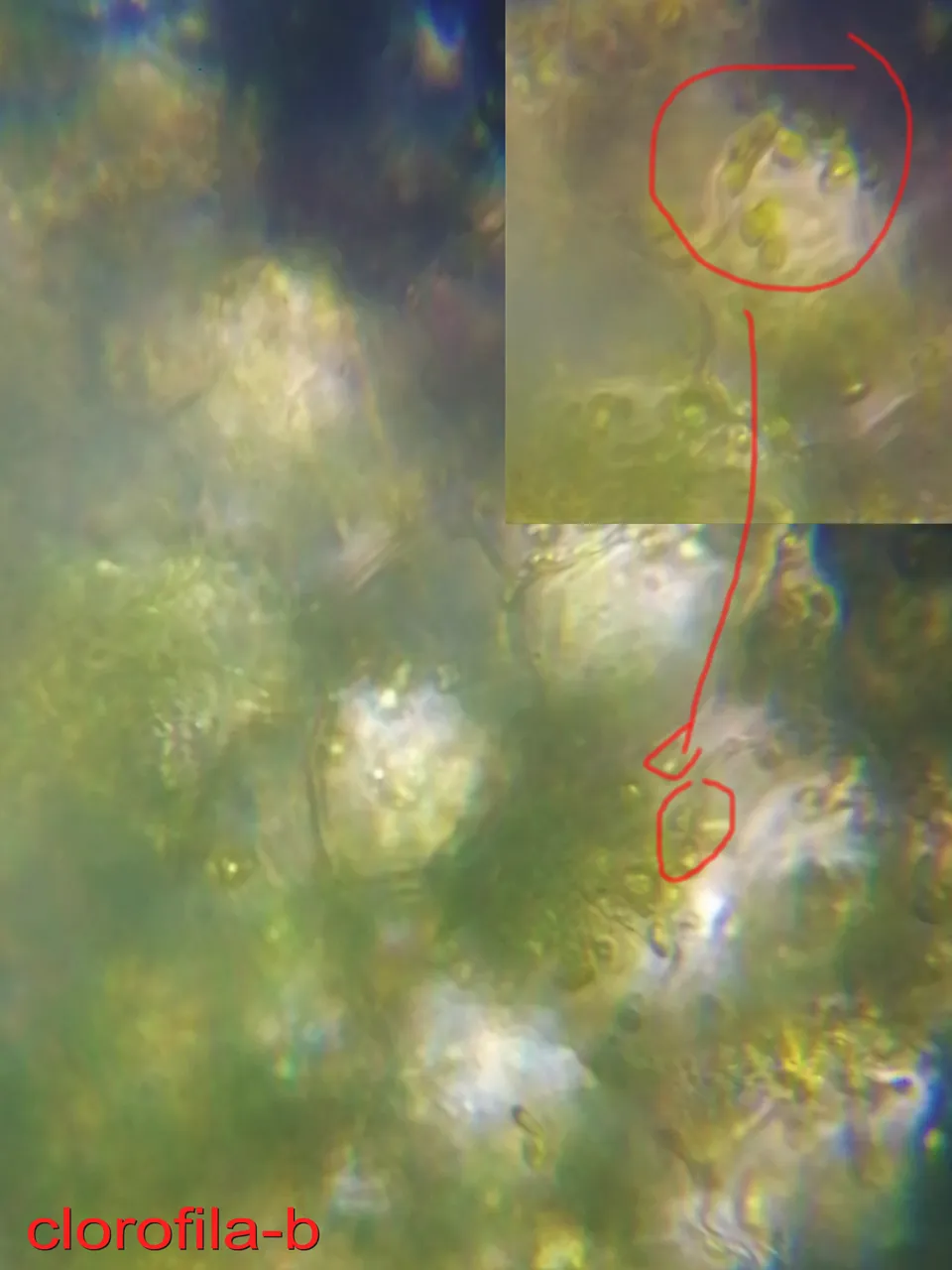
Chlorophyll-b gives a green coloration to the leaf but not very intense! If you ask me, how do I know what a b is and not an a? easy this leaf is aquatic and chlorophyll-b abounds in these leaves! since they are intensifiers to capture sunlight! "chlorophyll" molecules absorb "red and blue" light I hope you have learned something new in this post and I say goodbye with these fantastic photos!😮😮
La clorofila-b da una coloracion verde a la hoja pero no muy intenso! si me preguntas como se que es una b y no una a? facil esta hoja es acuatica y la clorofila-b abunda en estas hojas! ya que son intencificadores para captar la luz solar! las moleculas de "clorofila" absorben la luz "roja y azul" espero hayas aprendido algo nuevo en este post y me despido con estas fantasticas fotos!🍃🌍🧠💚
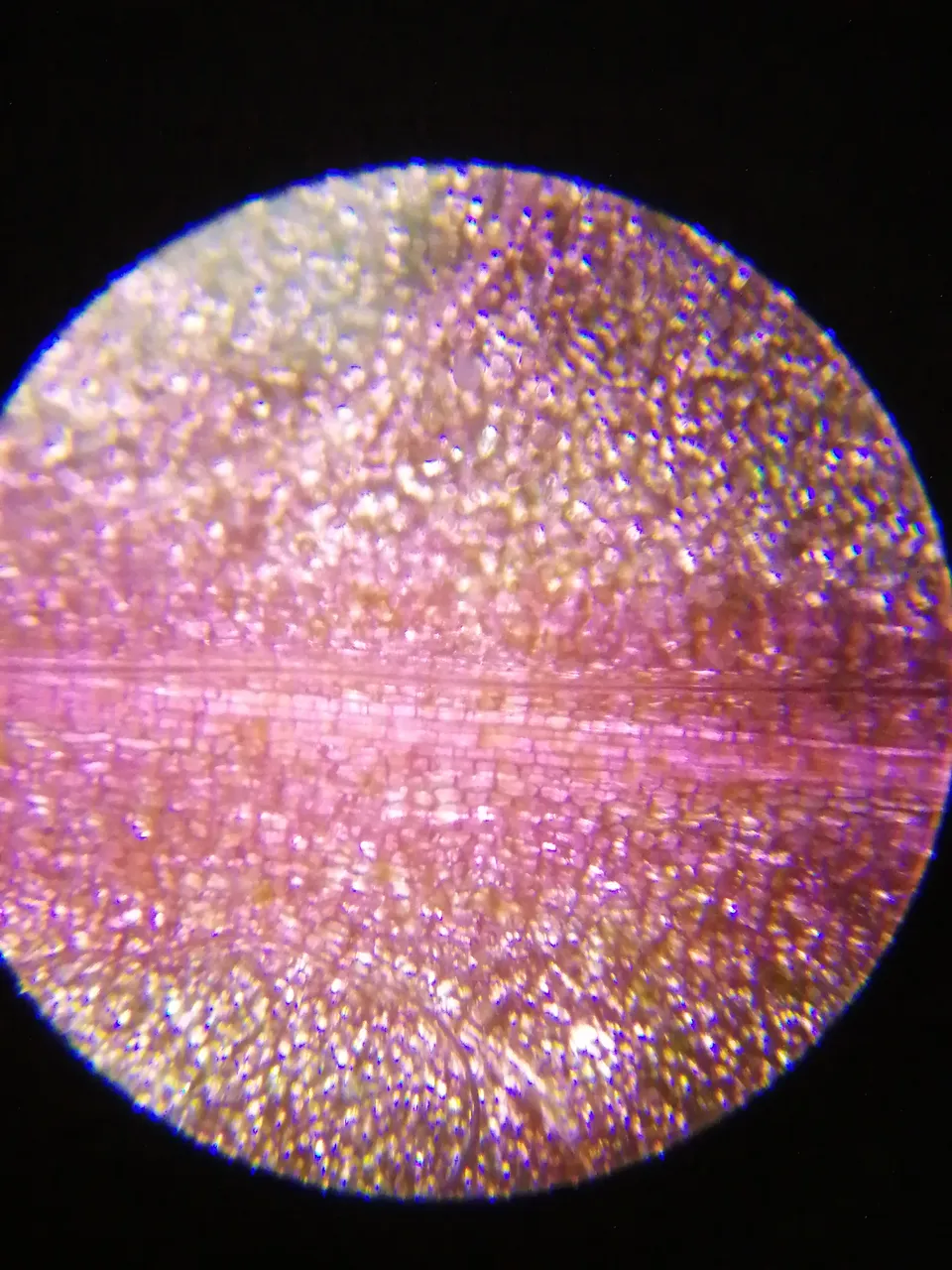
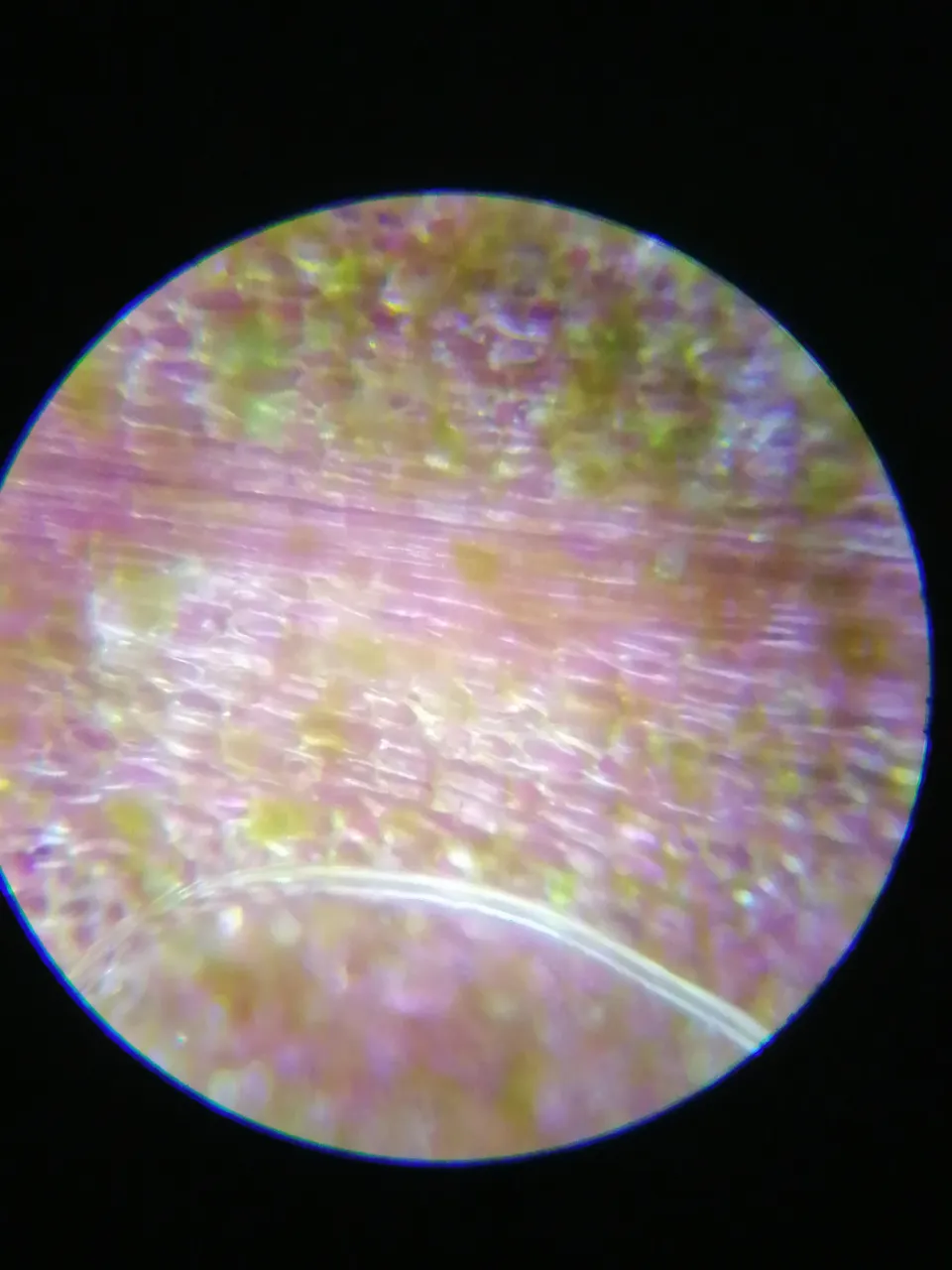
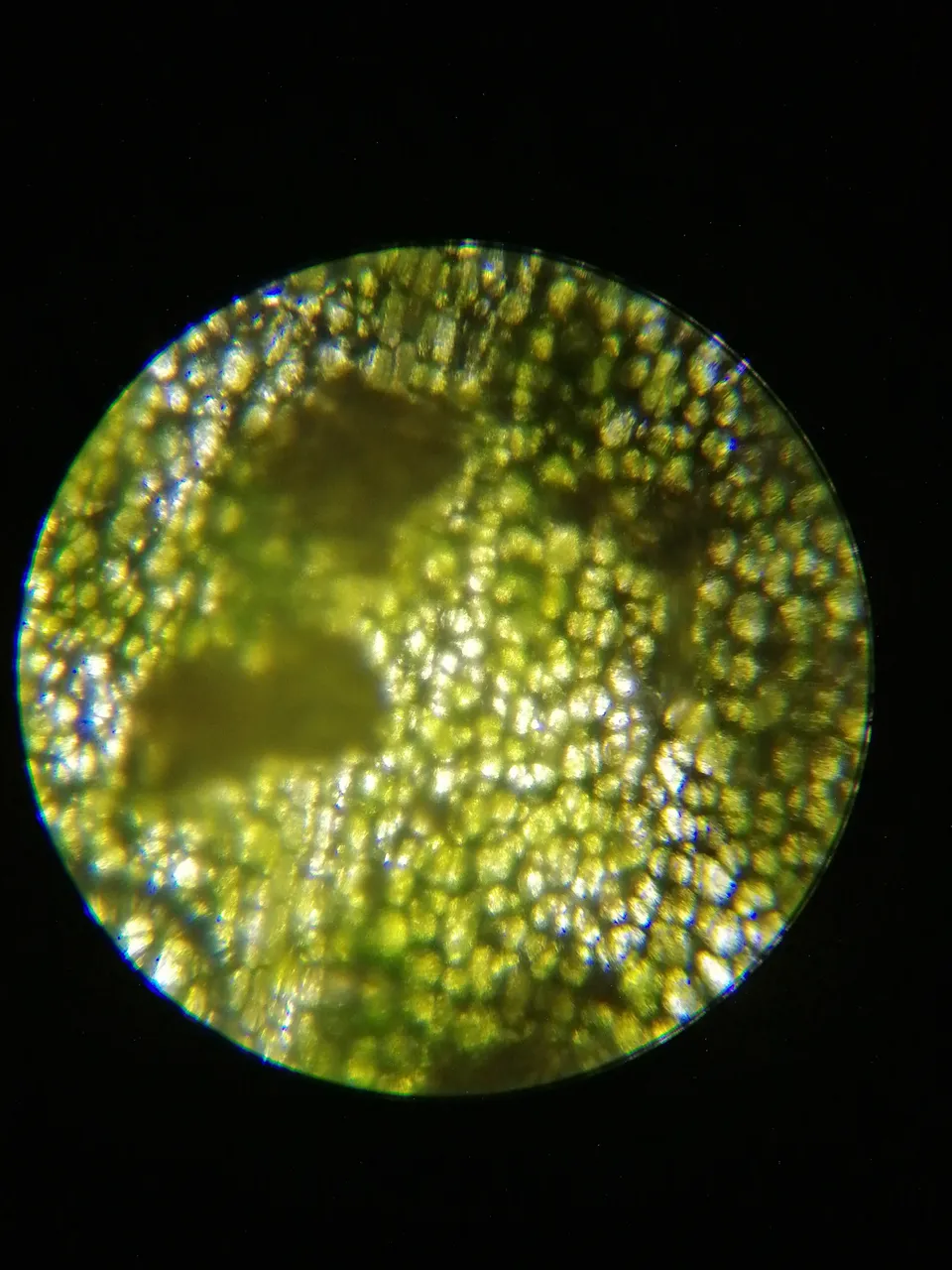
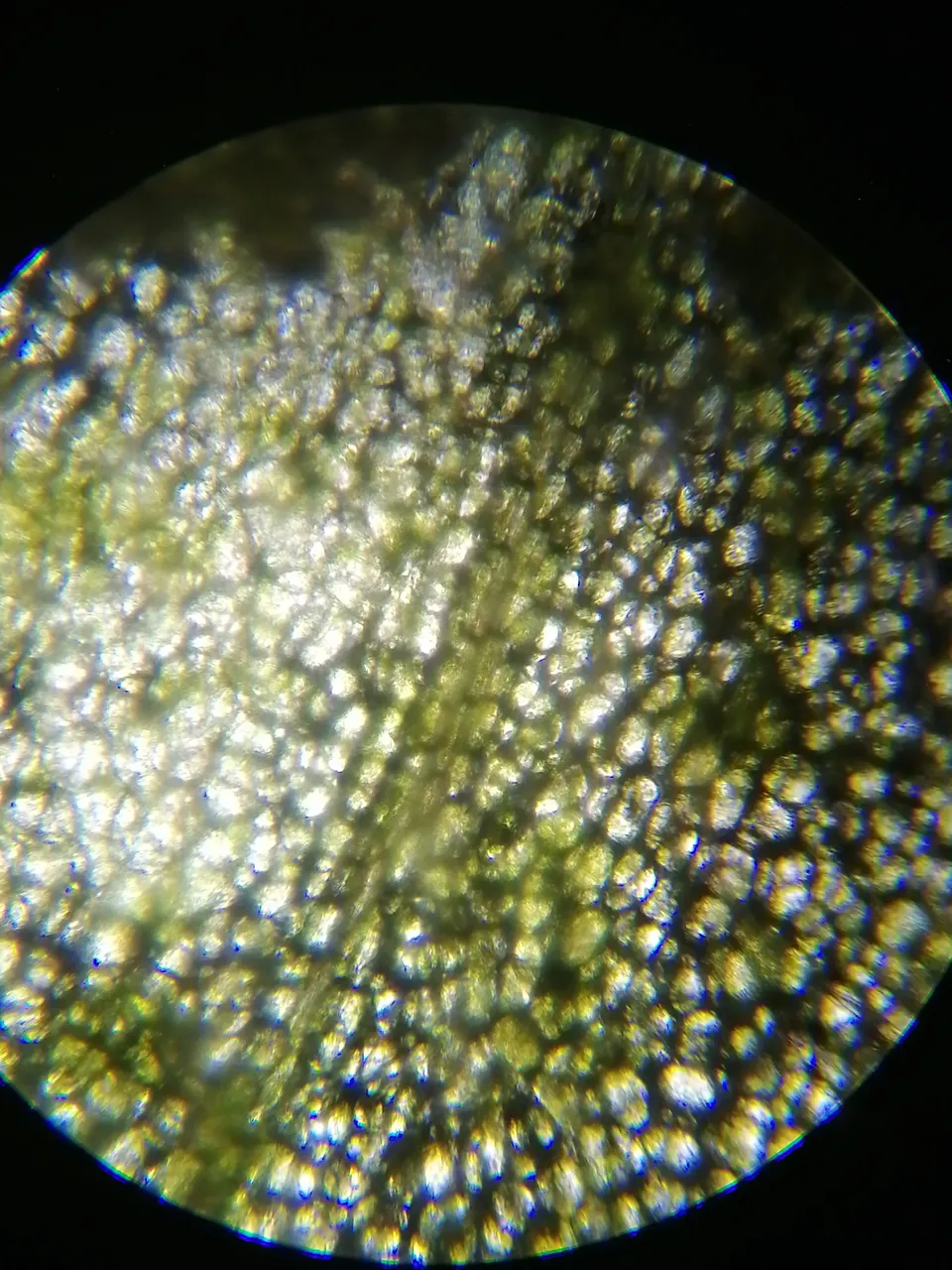

DNA is an organization to foster and DENSIFY NATURE-APPRECIATION which aims to establish REPORTS OF BIODIVERSITY DATA that is contributed by all of us Hiveans and subsequently cataloged.
Therefore DNA searches for HIGH-QUALITY posts that aim to DESCRIBE and determine the BIODIVERSITY AROUND YOU with added EXPLANATIONS and INFORMATION. For these informative posts they offer a CURATION SERVICE using the @dna.org account. It is also a CURATION TRAIL. Just add the #dna TAG if you think that any of your posts is what they are looking for.
GRACIAS POR LEERME / THANKS FOR READING ME (PHOTOS OF MY PROPERTY)🙂🧠🦾👍
Sources:
https://www3.gobiernodecanarias.org/medusa/ecoblog/ncarroq/2015/02/01/los-colores-de-las-plantas-y-las-algas/
https://www.ecologiaverde.com/que-es-la-clorofila-y-sus-tipos-2579.html#:~:text=Clorofila%20B,presente%20en%20algas%20y%20%C3%A1rboles.
https://es.wikipedia.org/wiki/Hoja
For direct quotes, the symbol is used: ""
























